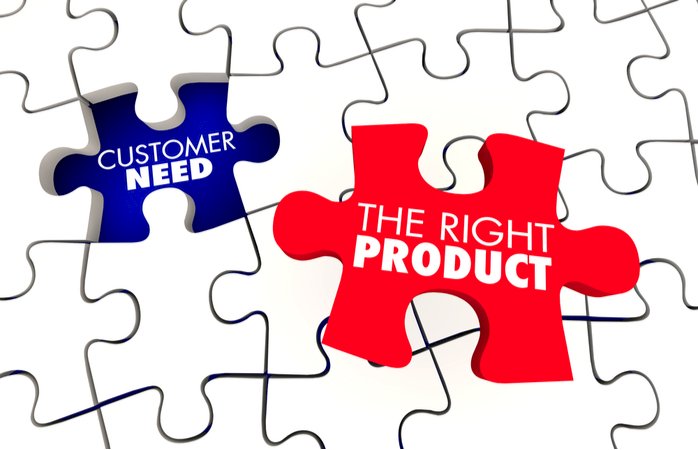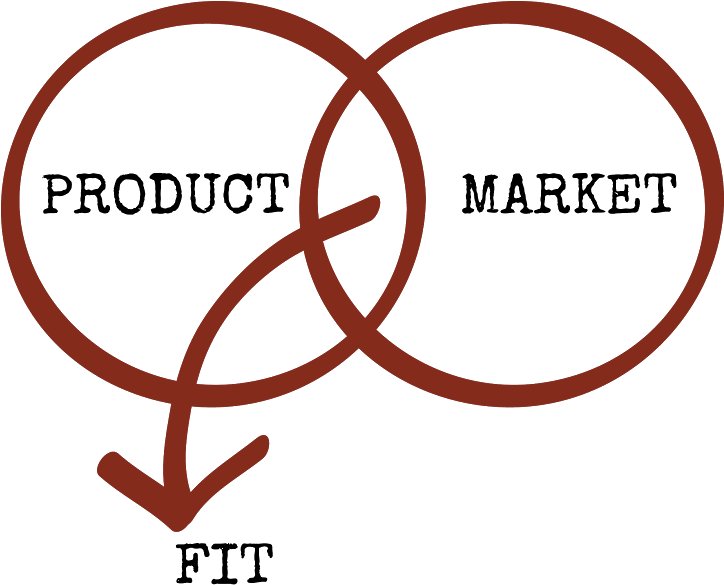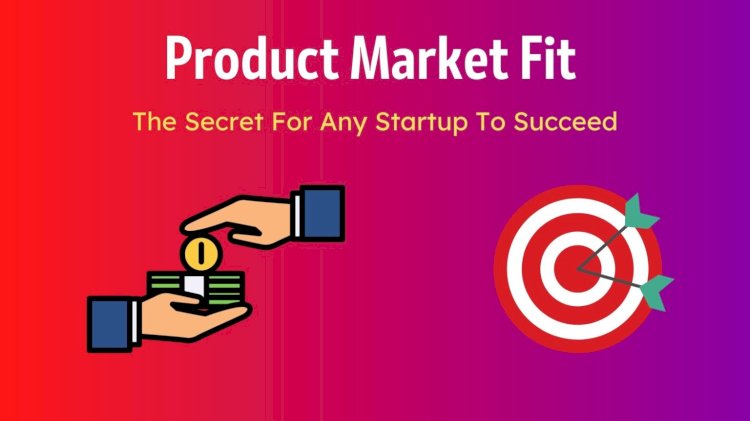How Customer Discovery Can Help You Improve Product-Market Fit
Startups are the future of business. They’re the key to innovation and rapid global growth. It’s also easy to start a startup, but not so easy to grow it into something successful. One of the most important things for any startup is Product Market Fit (PMF). Product Market Fit is when you have a product that solves a problem for your target market and meets their needs. There are many factors that go into making sure you achieve this fit between your product and your customers. To help you, we’ve compiled nine steps for you to follow in order to reach Product Market Fit and succeed with your startup.

Coming up with a new product or service idea can be thrilling for entrepreneurs and businesses. It's all too easy to rush into the market with the unrealistic expectation that everyone would be begging to buy your goods.
Successful businesses recognize that having a brilliant idea isn't enough to persuade customers to buy their goods. While the initial response you receive from friends, family, and co-workers may be positive, your target customer may have a very different reaction. To establish a solid product-market fit, it's necessary to thoroughly develop your product.
What is the definition of product-market fit?
A product's product-market fit is a concept in which a product generates high market demand on its own. In most cases, this demand is a result of a consumer pain point that the product can immediately resolve. While this may seem obvious, without the correct procedure in place to review and develop your product or service, it can be impossible to achieve.
Before expanding, most businesses start small and test their products. Understanding the product-market fit framework can assist you in determining whether or not your company or startup is ready to scale. There are a number of critical factors that indicate whether or not your product is well-suited to its target market.
How can you know if your product is right for the market?
The Sean Ellis test is one of the most widely used methods for determining product-market fit. This technique is based on a single question: "How would you feel if you couldn't use your regularly used product any longer?" The goal is to get at least 40% of people to say they're "extremely disappointed." If your product meets this criterion, you've almost certainly established product-market fit.
A word of caution: Only ask this question of consumers who have a significant amount of experience with your product. Focus on clients that have used your product several times and recently for the best outcomes (within the last few weeks).
For product-market fit testing, the Sean Ellis test is regarded as the gold standard. Other factors, on the other hand, could indicate a favorable market response. Examining these other variables can help give you the information you need to decide whether to take your product to market or keep improving it:
The Sean Ellis test is considered the gold standard for product-market fit testing. However, other factors could signal positive market reception. Examining these additional elements can also provide the insight you need to decide whether to go to market or continue refining your product:
Customer feedback: How your customers respond to your product can tell you a lot about how your product is perceived in the marketplace.
Industry attention: If the media or industry experts start paying attention to your product, it could be a sign that you've found a good fit between product and market. Pay close attention to any particular complaint about suggestions on how to improve your product.
Quantitative measurements that are positive: While some of the parameters used to determine product-market fit are subjective or qualitative, other measurable measures are frequently used. The number of customers who quit your firm or stop using your product is known as the churn rate.
The benefits and drawbacks of the product-market fit framework
The ease with which it can be used: The product-market fit framework is simple to use and does not necessitate extensive knowledge of product development processes.
Versatile: The product-market fit framework can be used for any product or service in any industry.
Value-focused: Many businesses place an excessive amount of emphasis on the features of their products rather than the value they provide to their customers. A product-market fit is a customer-centric approach in which the product is tailored to the needs of the customer.
While there are numerous advantages to product-market fit, it's crucial to know how to overcome some of the downsides or obstacles that can arise if it's not done correctly:
Extensive analysis: The more data you can obtain from clients and the market, the more chances you'll have to spot problems or prospective product improvements. Extensive research and analysis, however, can be time-consuming and costly. This can be especially challenging if you're competing in a space where significant companies have seemingly limitless resources.
Popularity: For many firms and startups producing goods, product-market fit is a very popular practice. This means that there are a lot of other businesses out there that are following the same strategy as you.
Make use of a customer-discovery strategy
Your product must meet the needs of your target consumer in order to be successful. This is where many businesses go astray. They start with a product concept and strive to mold it to match a specific niche. This is ineffective and the reason for the failure of so many products. Instead, you should prioritize consumer discovery from the start.
Customer discovery is the process of testing your product and receiving real feedback from customers before investing a significant amount of money in its development and promotion. If you're running a lean startup with minimal resources, this is very critical. To achieve a successful customer-discovery process, there are several crucial things to consider:
Define your target audience: Your product should be developed with a specific user in mind. This will help you concentrate your efforts and ensure that your consumers receive the product they require.
Attract early adopters: Identifying your target consumer is one thing. Getting people to participate in early feedback is a completely different task. Consider how you may attract or incentivize your target consumer to engage.
Conduct interviews and focus groups: Interviews and focus groups are effective approaches to acquire input that will help you enhance your product. Take the time to consider what questions you might be able to ask to get the most out of each session.
Developing a strong customer-discovery approach can improve the product-market fit methodology's performance and help your product stand out in a crowded market. At first, this may seem overwhelming. There are numerous resources and services available to assist you. Bringing in a customer-discovery expert might help your team see things from a different viewpoint and guide them through the process.

 Lalita Singh
Lalita Singh 
























